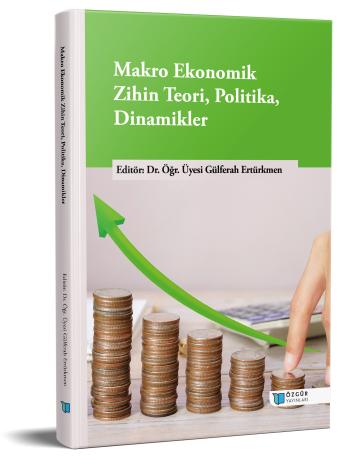
The Evaluation of Turkiye’s Macroeconomic Performance with an Integrated Decision Making Approach: The Period of 2007-2023
Chapter from the book:
Ertürkmen,
G.
(ed.)
2025.
Macroeconomic Mind Theory, Policy, Dynamics.
Synopsis
This study aims to evaluate Turkiye’s macroeconomic performance during the period 2007–2023 through a multidimensional approach using multi-criteria decision-making (MCDM) methods. The performance measurement is conducted based on eight key macroeconomic indicators (GDP, growth rate, GDP per capita, inflation rate, unemployment rate, exports, imports, and current account balance). To determine the relative importance of the criteria, the CRITIC (Criteria Importance Through Intercriteria Correlation) method — a weighting technique based on the variance and correlation among variables — is employed. Subsequently, the performance ranking of the years is generated using the MOOSRA (Multi-Objective Optimization on the Basis of Simple Ratio Analysis) method according to the assigned weights. The analysis via the CRITIC method reveals that the top three criteria with the highest weights over the examined period are the inflation rate, the ratio of exports to GDP, and the ratio of imports to GDP, respectively. This finding highlights the decisive role of price stability and changes in the foreign trade structure in Turkiye’s economic performance. The ranking obtained through the MOOSRA method indicates that Turkiye exhibited its highest macroeconomic performance in 2011 during the analyzed period. In this context, the study reveals changes in Turkey's macroeconomic performance over the years through objective criteria, enabling the analysis of periodical trends, structural breaks, and key determinants. Accordingly, it provides policymakers and researchers with a basis for conducting comparative assessments of past performance and offers an analytical foundation for future-oriented strategic planning.

